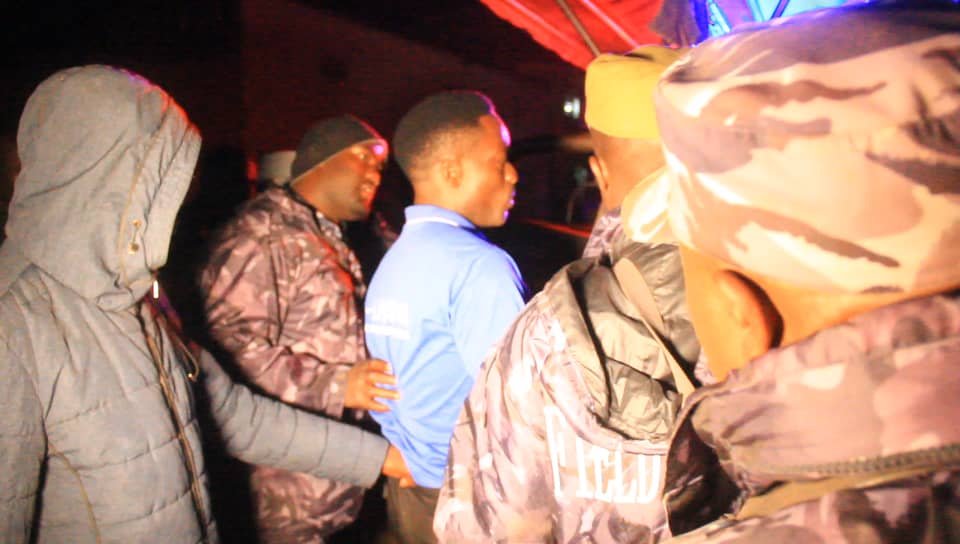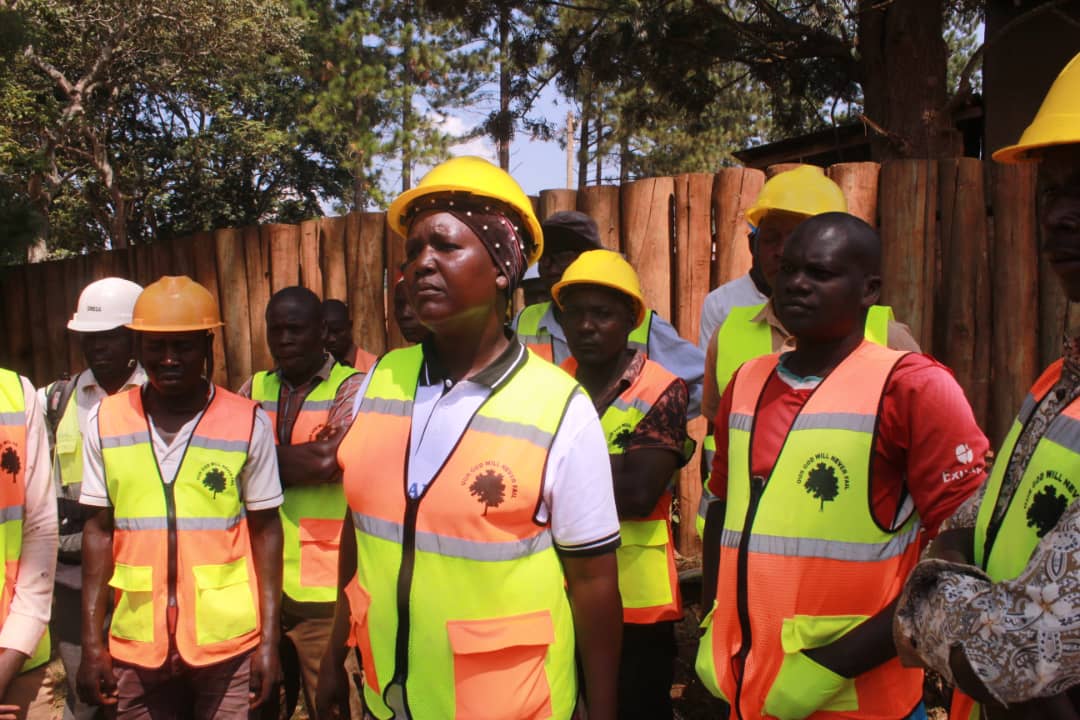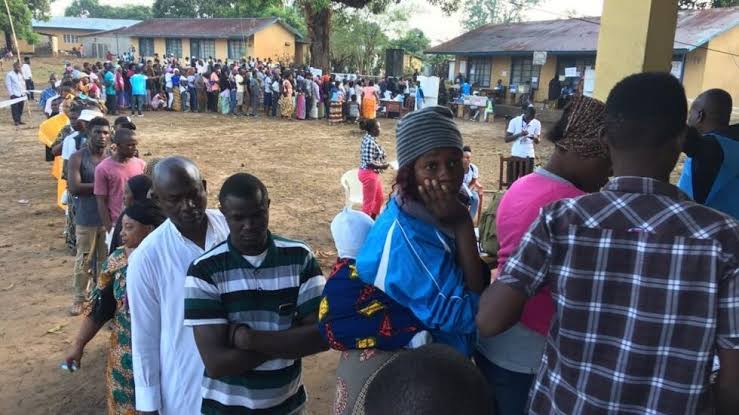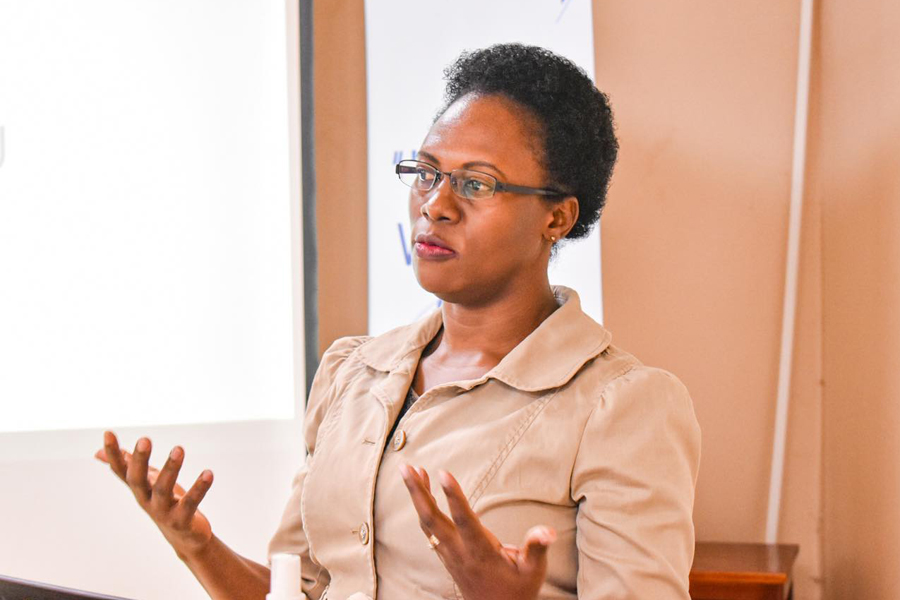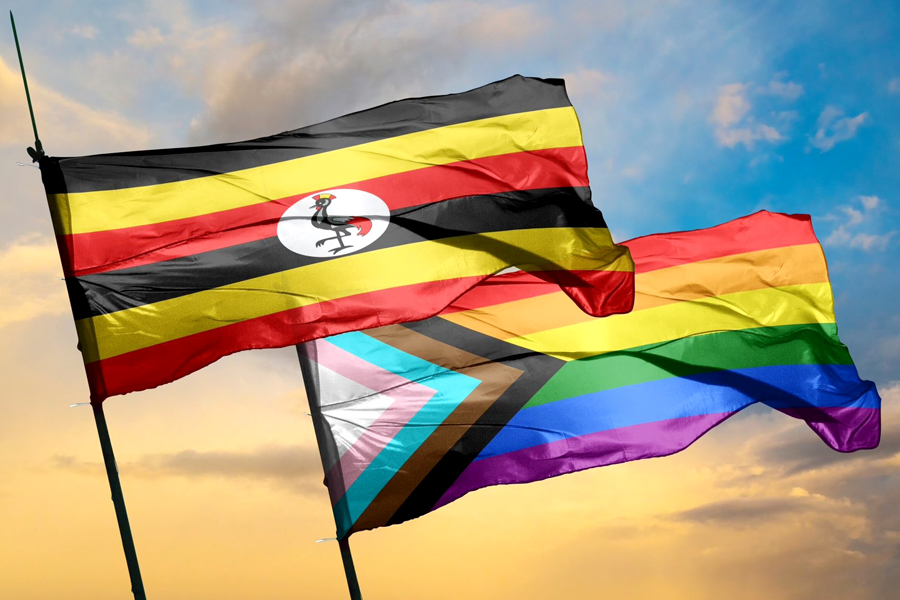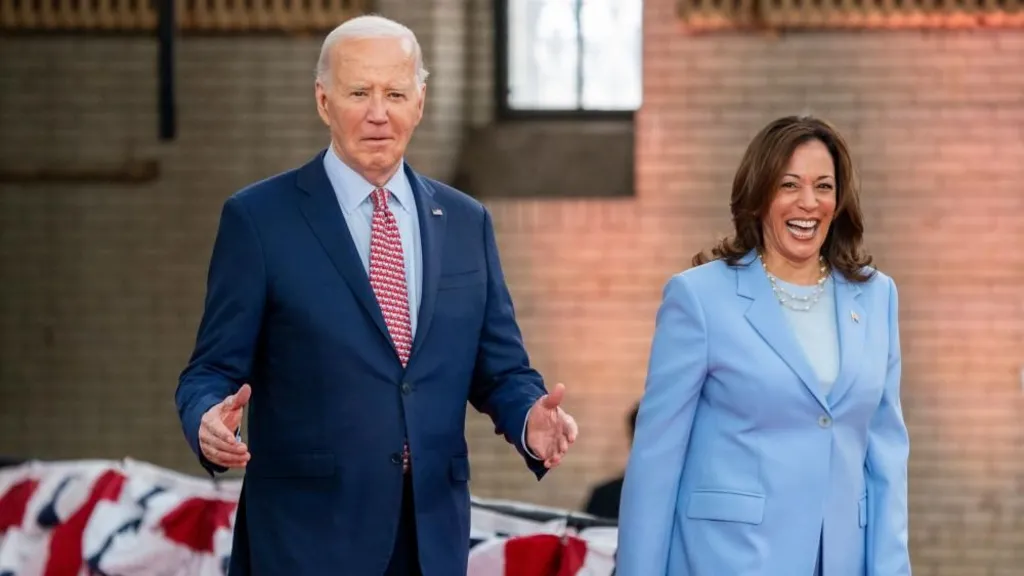The Bwola dance that initiates children into the Acholi tradition
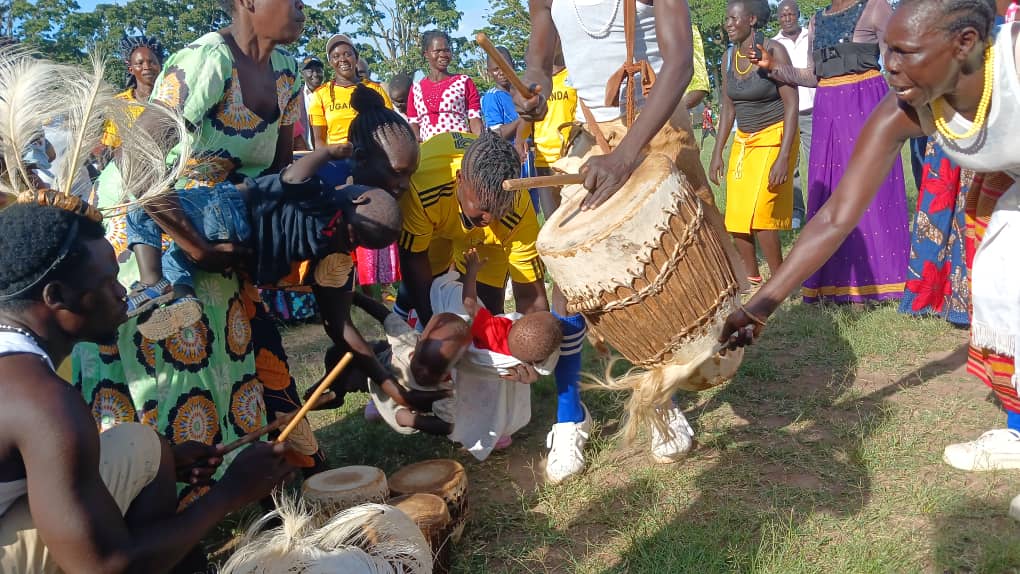
As the large drum is struck, its deep, resonant tones fill the air, creating a powerful atmosphere of admiration and celebration during the Acholi Bwola dance ceremony
Bwola dance, often regarded as the royal dance of the Acholi, is performed during significant events such as the coronation of chiefs, weddings, public gatherings, and traditional ceremonies.
Keep Reading
However, its most emotional role is during the initiation of children into the tribe's customs and values. This sacred process is meticulously overseen by the children's aunts, who are regarded as the custodians of Acholi culture.
The children, cradled in the arms of their aunties, are gently placed under the big drum, signifying their induction into the traditions of their forebears. Its rhythmic beat and intricate movements tell stories of spirit, community, and continuity.
The aunties celebrated for their knowledge and dedication to preserving Acholi traditions take great pride in their role.
Janet Ayo, the women leader of Agago bwola dance group, explains that the sound of the drum reminds the child of his or her cultural heritage.
“It is a very special moment which is considered as a way of reminding the child of his or her belonging, irrespective of how old you are. Even if the child travels to another country, the rhythms of the drum will remind him of where he is coming from,” narrates Ayo.
As explained by Albino Kidega, an elder in Agago District, the process involves placing girls four times under the resounding drum and three times for boys.
The initiation of children into the Bwola dance is an emotional moment, symbolizing the passing of cultural knowledge from one generation to the next.
“For boys, they are supposed to be placed under the resounding drum three times and girls four times. It is a special celebration. The bigger drums represent the supreme leader of a household” says Kidega.
Throughout the ceremony, the children are dressed in normal clothing with their faces alight with a mix of curiosity and pride.
The dancers, including men and women, are adorned in colourful garb and seen singing ancestral songs as their voices weaved through the rhythmic drumming.
Kidega explains that the act of initiation is not merely a ritual but a profound educational experience, instilling in the young ones a deep sense of belonging and identity.
“There are many reasons why children are placed under the drum. And, this is done according to the different dancing styles of the performers. There are specific songs that are used during the process. There are those songs that you are not allowed to place the children under the drum,” he says .
The process is, however, restricted to be carried out by the aunties of the child being initiated into the culture.
Bwola dance initiation is not merely a ritual but an educational journey. Children learn about the significance of various cultural symbols, the history of their people, and the moral values that guide their community.




